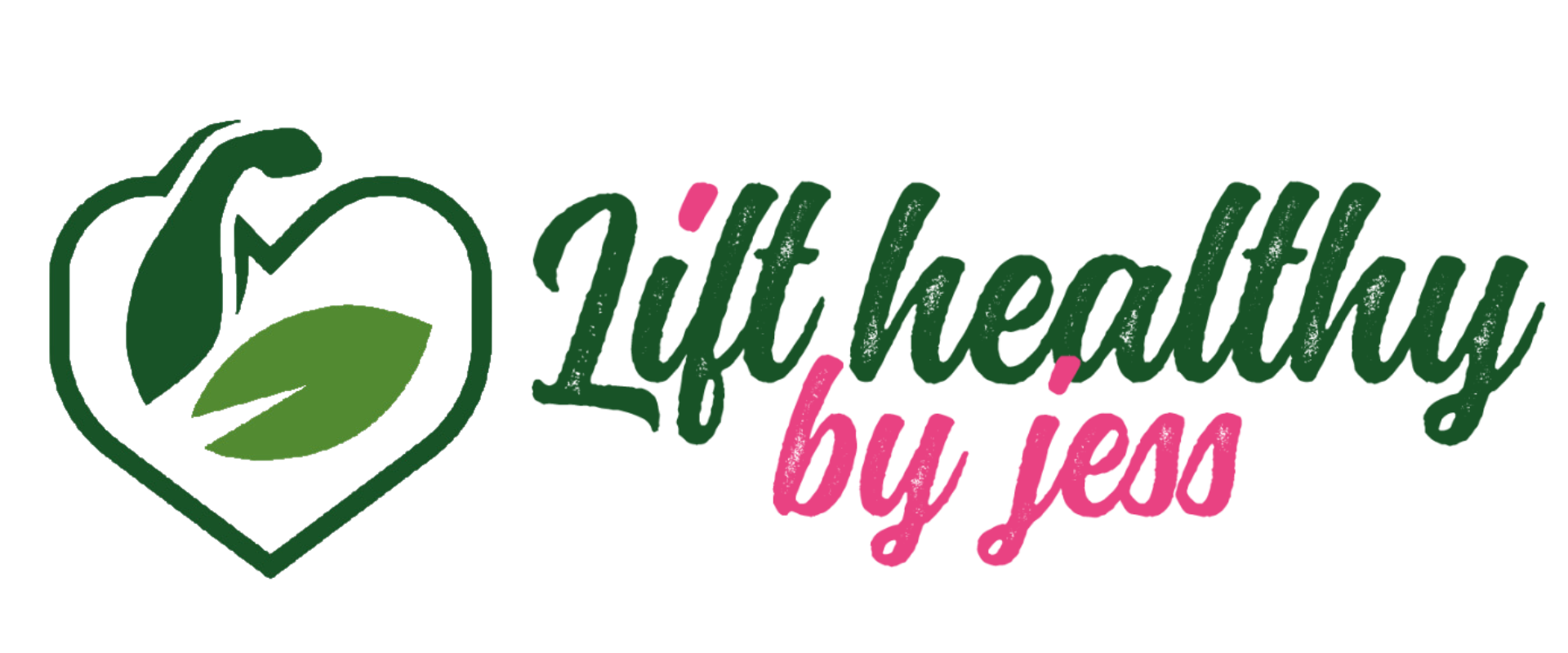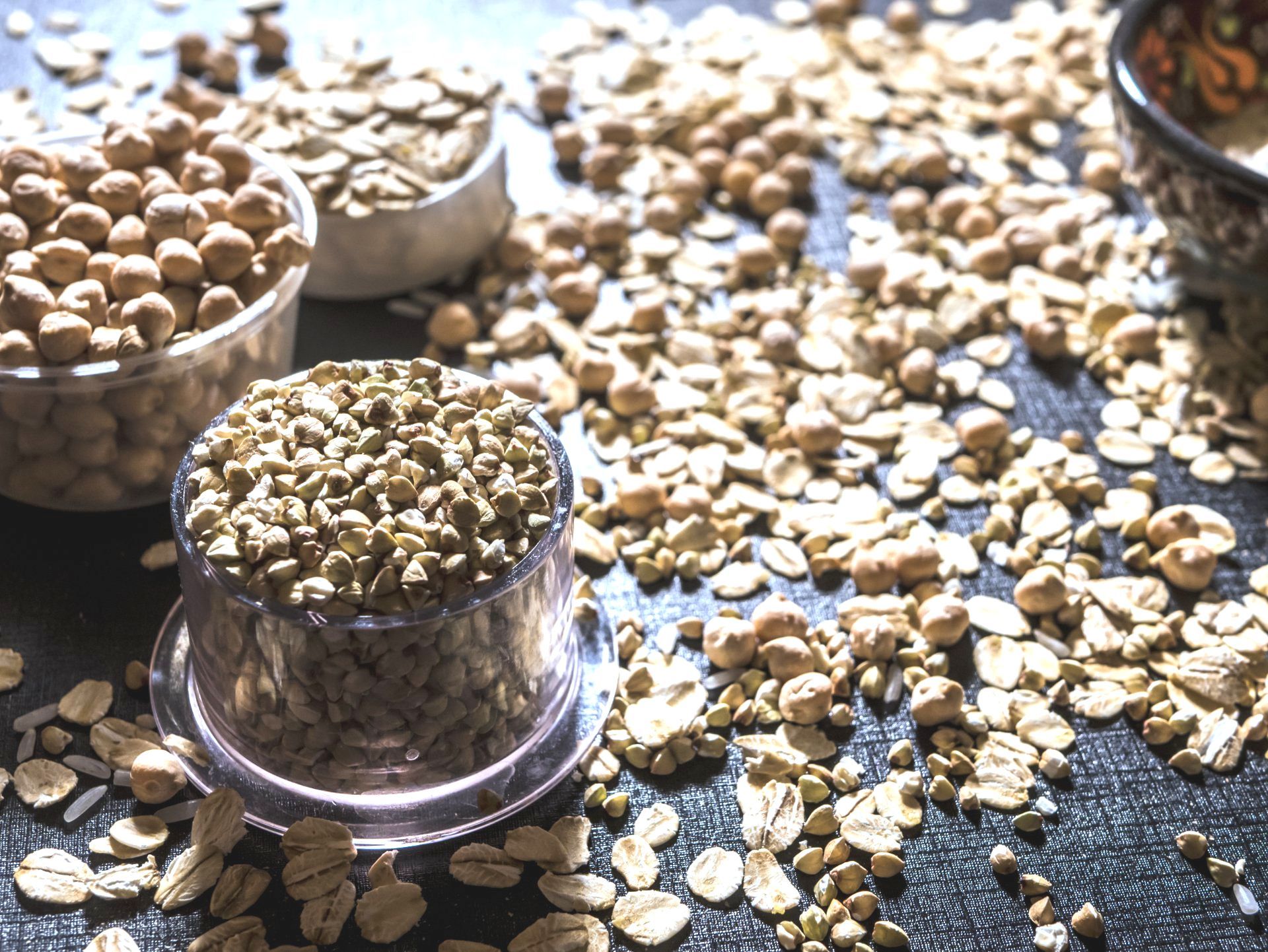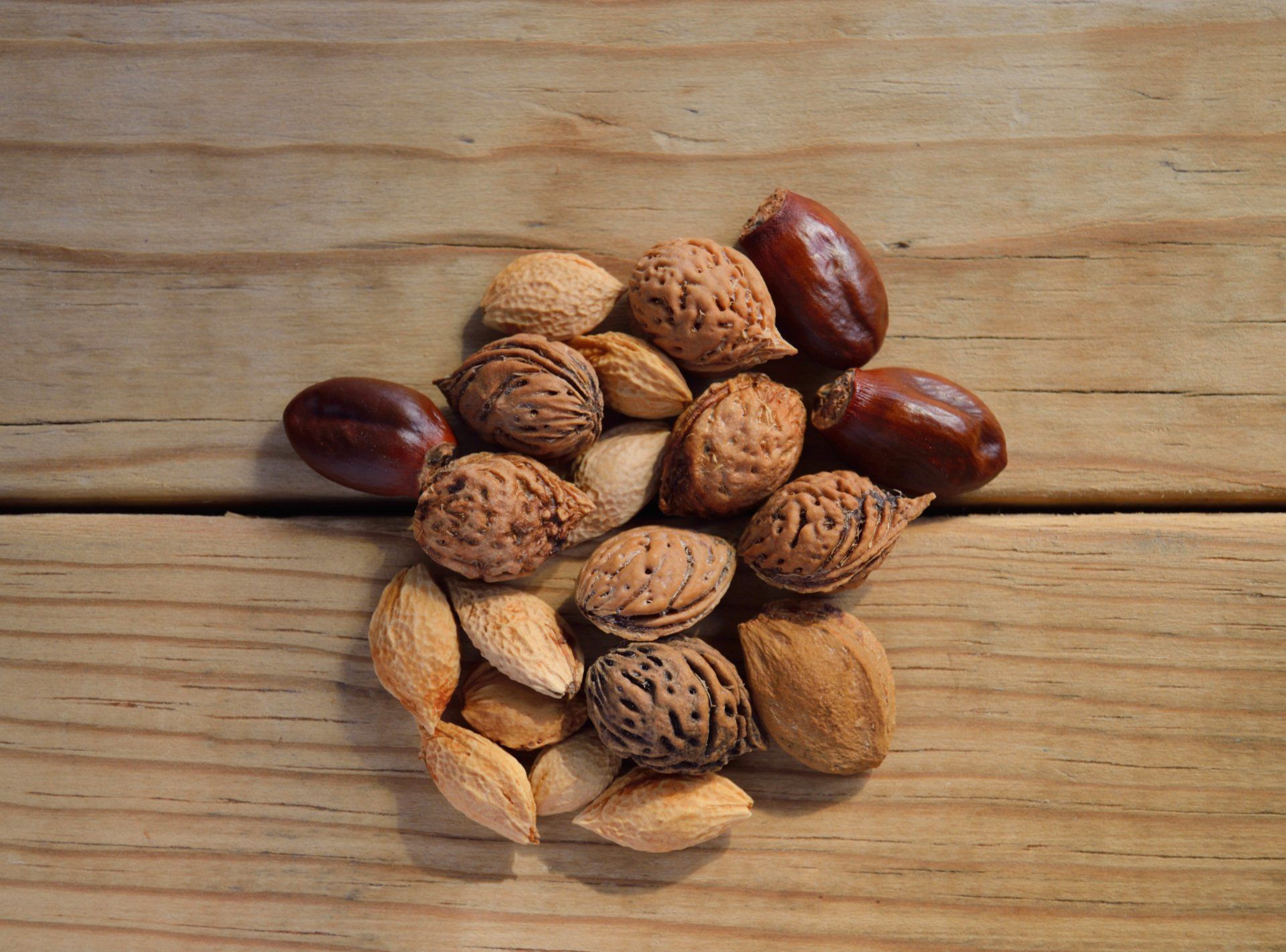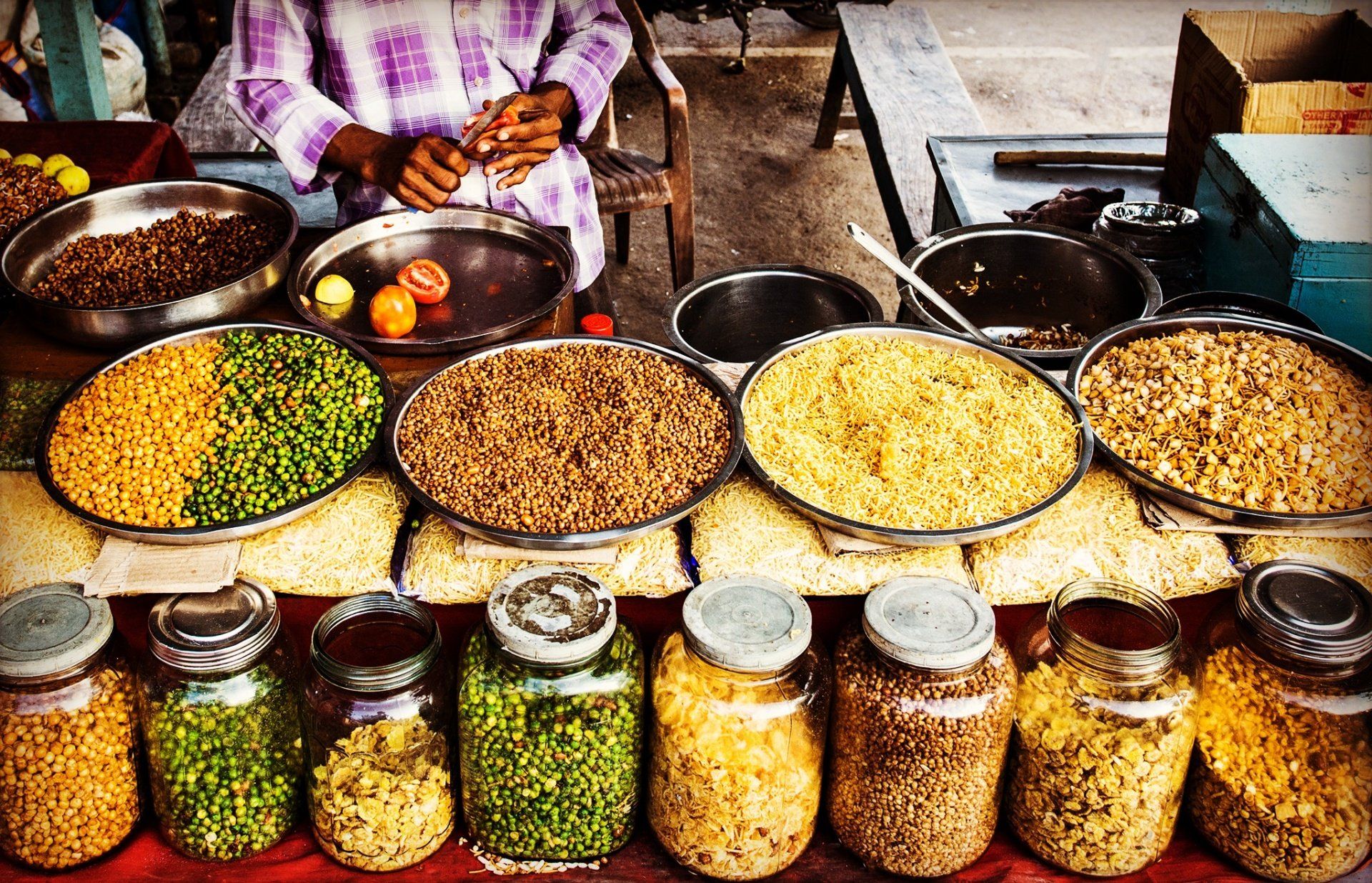In a world where there are lots of diets to choose from, the Blue Zone Diet stands out for its simplicity and long-lasting health benefits. It's based on how people in certain parts of the world, called Blue Zones, eat to live longer and healthier lives. Instead of complicated rules, this diet focuses on eating natural, unprocessed foods and adopting healthy habits. In this discussion, we'll look at the best Blue Zone Diet foods to eat and limit, what it involves, and why it's good for you. By understanding this simple approach to eating well, we can learn how to make healthier choices and live better lives.
Understanding the Blue Zone Diet
The Blue Zone Diet is not a rigid plan with strict rules or calorie limits. Instead, it is a way of eating inspired by the dietary patterns of people living in Blue Zones – regions such as Ikaria in Greece, Okinawa in Japan, and Sardinia in Italy, where individuals commonly live well into their 90s and 100s with remarkable health and vitality.
Blue Zone Diet Foods to Eat and Limit
Emphasis on Plant-Based Foods
The Blue Zone Diet greatly emphasizes plant-based foods as the foundation of its dietary guidelines. Fruits, vegetables, whole grains, nuts, seeds, and legumes form the foundation of this eating style. These foods are rich in vitamins, minerals, fiber, and antioxidants, which support overall health and help prevent chronic diseases such as heart disease, diabetes, and certain cancers.
Moderate Consumption of Animal Products
While the Blue Zone Diet is predominantly plant-based, it does not exclude animal products entirely. However, when it comes to the blue zone diet foods to eat and limit, the consumption of meat, dairy, and eggs is kept to a minimum, with a focus on quality and portion size. Fish, particularly fatty fish like salmon, is often preferred over red meat due to its beneficial omega-3 fatty acids.
Healthy Fats
Healthy fats play a significant role in the Blue Zone Diet foods and are derived from olive oil, nuts, and avocados. These fats are associated with numerous health benefits, including reduced risk of heart disease, improved brain function, and better absorption of fat-soluble vitamins.
Limited Processed Foods and Sugar
Processed foods and added sugars are limited in the Blue Zone Diet foods. Instead, natural sweeteners like honey or maple syrup may be used sparingly, and processed snacks and desserts are replaced with whole-food alternatives. By reducing intake of these highly processed foods, individuals can better manage their weight and reduce the risk of chronic diseases.
Foods in the Blue Zones for Optimal Health
Fruits
- Examples: Berries (blueberries, strawberries, raspberries), citrus fruits (oranges, lemons, grapefruits), tropical fruits (pineapple, mango, papaya), apples, and bananas.
Vegetables
- Examples: Leafy greens (spinach, kale, Swiss chard), cruciferous vegetables (broccoli, cauliflower, Brussels sprouts), root vegetables (carrots, sweet potatoes, beets), bell peppers, and tomatoes.
Whole Grains
- Examples: Quinoa, brown rice, oats, barley, whole wheat, and buckwheat.
Nuts and Seeds
- Examples: Almonds, walnuts, pistachios, chia seeds, flaxseeds, and sunflower seeds.
Legumes
- Examples: Beans (black beans, kidney beans, chickpeas), lentils (green lentils, red lentils), peas (split peas, green peas), soybeans.
Fish
- Examples: Salmon, mackerel, sardines, trout, tuna, and anchovies.
Incorporating these nutritious Blue Zone Diet foods can help individuals maintain optimal health, longevity, and vitality while reducing the risk of chronic diseases and promoting overall well-being.
Benefits of Following the Blue Zone Diet
Longevity
One of the most significant benefits associated with the Blue Zone Diet is its potential to promote longevity. Individuals may increase their chances of living longer, healthier lives by emphasizing nutrient-dense, whole foods and adopting a predominantly plant-based diet.
Reduced Risk of Chronic Diseases
These Blue Zone Diet foods are linked to a reduced risk of chronic diseases such as heart disease, diabetes, and certain cancers. The abundance of antioxidants and anti-inflammatory compounds in plant-based foods may help protect against oxidative stress and inflammation, which are underlying factors in many chronic conditions.
Weight Management
Many people find that following the Blue Zone Diet naturally supports
weight management. Individuals may achieve and maintain a healthy weight more easily by prioritizing whole, nutrient-dense foods and minimizing the consumption of processed and high-calorie foods.
Improved Overall Health and Well-Being
In addition to specific health benefits, following the Blue Zone Diet is associated with improved overall health and well-being. Many individuals report increased energy levels, better digestion, clearer skin, and a greater sense of vitality when they adopt this way of eating.
What Science Says About the Blue Zone Diet
Numerous studies have examined the dietary patterns and lifestyle habits of people living in Blue Zones, and the findings consistently support the health benefits of their lifestyle. Research suggests that the high intake of plant-based foods, along with regular physical activity, strong social connections, and a sense of purpose, contribute to the remarkable health and longevity observed in these populations.
While more research is needed to fully understand the mechanisms behind the Blue Zone Diet's benefits, the evidence thus far indicates that adopting a similar dietary pattern may promote health and longevity in the general population.
They Focus on Movement
In the Blue Zones, movement is not a scheduled workout or a chore; it's an integral part of daily life. People living in these regions engage in natural, low-intensity physical activity throughout the day, such as walking, gardening, and tending to livestock.
The Blue Zone Diet offers a simple yet powerful approach to eating that prioritizes whole, plant-based foods while minimizing processed foods and animal products. By incorporating these Blue Zone Diet foods and other
lifestyle factors
such as regular physical activity and social engagement, individuals may improve their health, increase their longevity, and experience greater well-being. So, why not implement some of these tips from the world's longest-lived populations and start nourishing your body with the goodness of the Blue Zone Diet? Your future self will thank you for it!
Other Posts You May Like:








